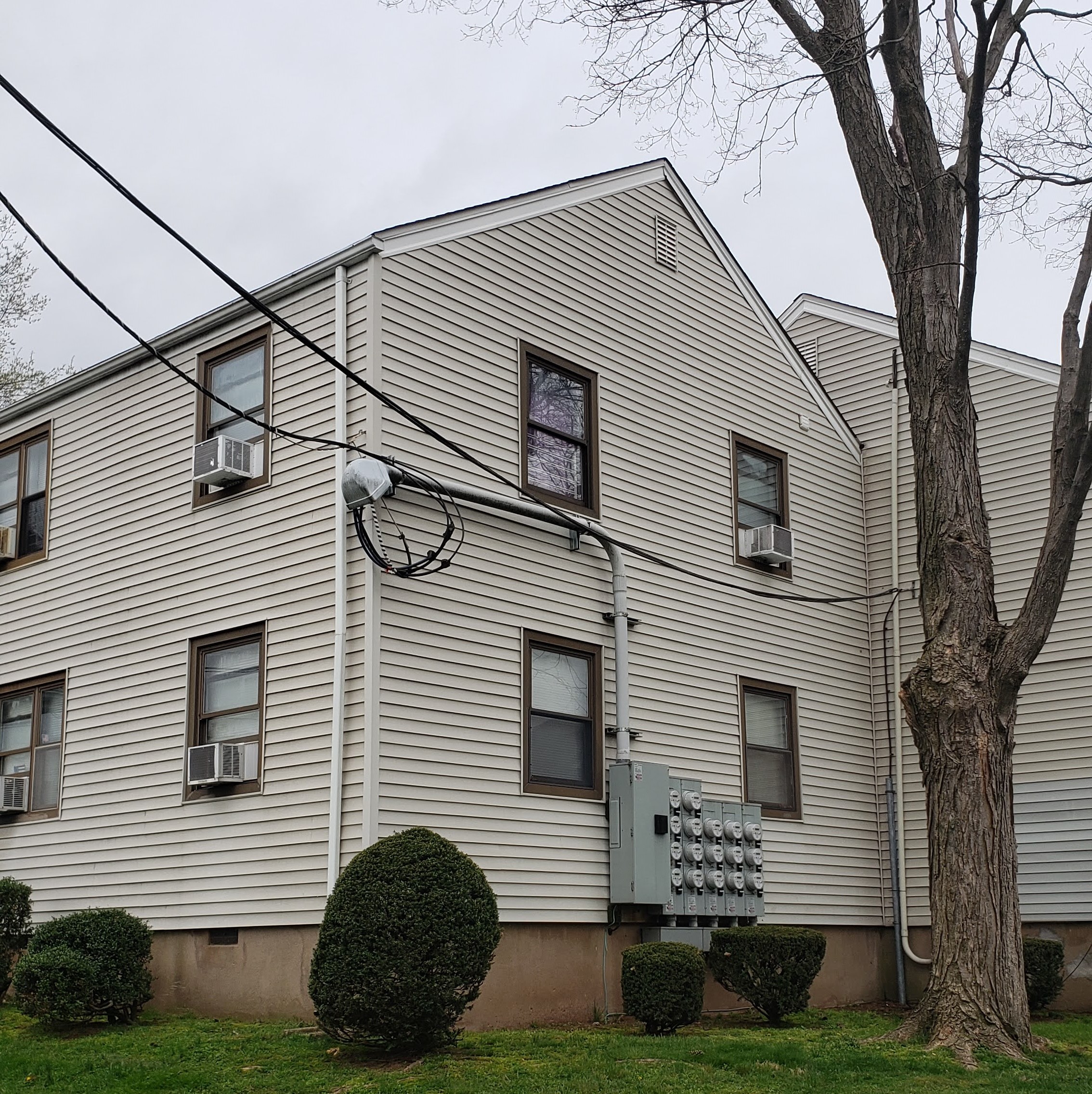Understanding the Power Grid
Power grid is the interconnected network of power generation, transmission, and distribution infrastructure that delivers electricity from power plants to consumers. It's a complex system that includes power plants (such as coal, natural gas, nuclear, hydroelectric, wind, and solar), high-voltage transmission lines, substations, transformers, distribution lines, and local distribution networks.
The power grid enables the transfer of electricity over long distances, allowing for the efficient distribution of power from where it's generated to where it's needed. It plays a crucial role in modern society, providing electricity for homes, businesses, industries, and essential services.
The power grid operates on alternating current (AC) electricity, which allows for efficient transmission over long distances. It also incorporates various control systems to manage the flow of electricity, balance supply and demand, and maintain stability and reliability within the system.
The Significance of High Voltage in Power Transmission
The voltage of a power grid can vary depending on the region, the type of power transmission and distribution systems in use, and the design of the grid. However, there are some common voltage levels found in power grids around the world:
High Voltage Transmission: Typically, electricity generated at power plants is transmitted over long distances at high voltages to minimize energy loss. High voltage transmission lines can operate at voltages ranging from 110 kV (kilovolts) to 800 kV or even higher in some cases.

Subtransmission: Subtransmission lines step down the voltage from the high-voltage transmission lines to a level that is suitable for distribution. Subtransmission voltages can range from 34.5 kV to 161 kV.
Distribution: The voltage is further reduced for distribution to consumers. Distribution voltages commonly range from 7.2 kV to 33 kV for industrial and commercial customers, and 120 V to 480 V for residential customers, depending on the location and requirements.
These voltage levels are general ranges and can vary from country to country and even within different regions of the same country. Additionally, some grids may operate at different voltage levels depending on factors such as the distance of transmission, local regulations, and the specific requirements of the electrical infrastructure.
Delivering Electricity to Homes: The Final Distribution Stage
Once electricity reaches the distribution stage, it's brought to consumers, including households, through a network of distribution lines and transformers. Here's how electricity is distributed to houses:
Step-down transformers: Before electricity reaches individual homes, the voltage is reduced from the subtransmission level (which ranges from 7.2 kV to 33 kV) to lower voltages suitable for household use. This step-down transformation is achieved using transformers located on utility poles or in ground-level substations.
Primary distribution lines: Once the voltage is reduced, electricity travels through primary distribution lines, which typically run along streets and roads in residential areas. These lines carry electricity at voltages ranging from a few kilovolts (kV) to around 34.5 kV, depending on the specific distribution system.

Secondary distribution lines: From the primary distribution lines, electricity is further distributed to individual households through secondary distribution lines. These lines typically operate at lower voltages, commonly between 120 volts (V) and 480 V, depending on the location and local regulations.
Service drop: At this stage, electricity is delivered directly to individual homes through service drops. A service drop consists of overhead wires or underground cables that connect the secondary distribution lines to the service entrance of a house. The service drop includes a meter, which measures the amount of electricity consumed by the household.

Circuit breakers and panels: Inside the house, the electrical service panel contains circuit breakers or fuses that control the flow of electricity to various circuits within the home. These circuit breakers protect the electrical system from overloads and faults by interrupting the flow of electricity when necessary.
Wiring and outlets: Electricity is then distributed throughout the house via electrical wiring, which connects to outlets, switches, lighting fixtures, appliances, and other electrical devices.
The distribution of electricity to houses involves a carefully designed network of transmission and distribution lines, transformers, and other infrastructure to ensure reliable and safe delivery of electricity to consumers for their daily needs.
